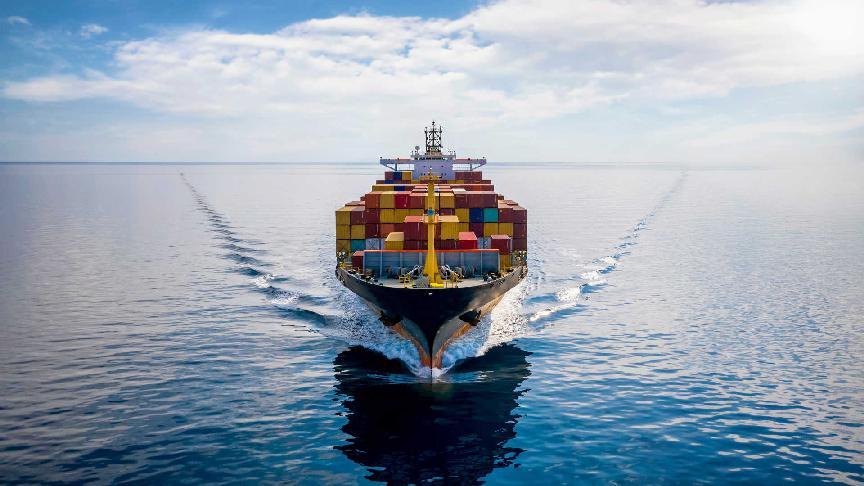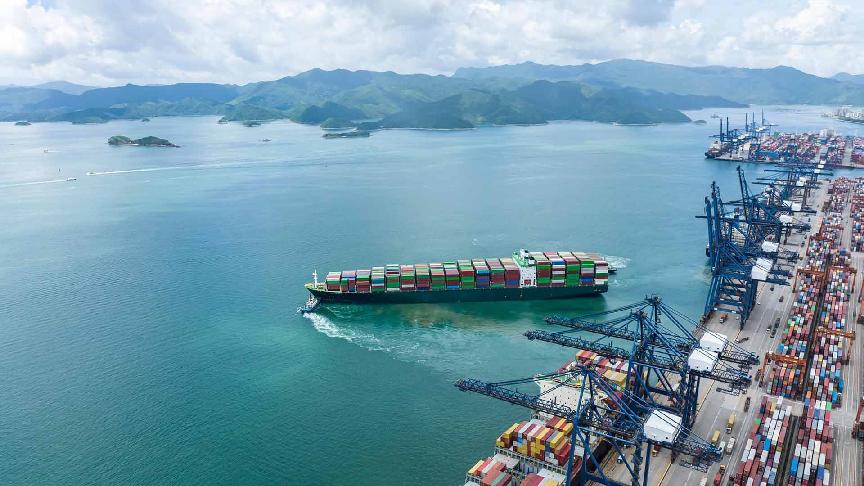20 May 2024 (Lloyd's List) - CARRIERS are frantically trying to get empty containers back to origination ports in an effort to stave off a shortage of equipment.
New figures from Sea-Intelligence show a large increase in teu/miles for empties as carriers are forced to take the longer route around the Cape of Good Hope.
Total teu/miles have grown substantially since the beginning of the Red Sea crisis as shipping has moved away from transiting the Bab el Mandeb. Figures from March show teu-miles have grown 32% since 2019 to 90bn teu/miles.
On key head-haul rates, teu-miles are up 37% compared with 2019.
“This is in part a reflection of a trend we have seen since the pandemic disruption began, namely, that head-haul trades have had a tendency to grow more than back-haul trades, creating a more imbalanced global trade environment,” said Sea-Intelligence chief executive Alan Murphy.
This increase in global trade imbalance also led to a requirement for more empty containers, he added.
The difference between the number of full containers shipped on each head-haul versus the full containers shipped on the corresponding backhauls provided a measure of the need to move empty containers.
Empty teu/miles had peaked at 35bn at the end of 3Q23 and, despite falling back since, still remained at over 30bn teu/miles. But as of March 2024, the demand for empty teu/miles is up by 66% compared with 2019, far more than the equivalent number for full head-haul cargo.
“The need to move empty containers is seen to be quite volatile on a month-on-month basis, which in itself is an illustration of the operational issues related to the empty container repositioning challenge faced by the carriers,” Murphy said.
On a quarterly basis, head-haul teu/miles were up 36% between Q1 2019 and Q1 2024. But in the same period, empty teu/miles have grown 57%.
“The costs associated with moving empty containers falls on the carriers,” Murphy said.
“However, at the end of the day, these costs need to find their way into the freight rates for the full containers, and logically this will fall on the head-haul cargo, which will have to compensate for the expense, to move an ever larger proportion of empty containers, back to origin.”
The longer lead time for containers returning to export markets in Asia has raised concerns of shortages, but, to date, there has been no repeat of the shortfalls seen during the lockdown supply-chain crisis.
“We are seeing some shortages in north China,” Zencargo chief operating officer Richard Fattal told Lloyd’s List in a recent interview.
“It is differentiated across carriers and changes week to week, but I would say it is nothing like the pandemic; the boxes come back eventually.”
Nevertheless, carriers were leasing more equipment to fill some of the gaps.
“Carriers are trying to get the equipment and vessels back as fast as possible so where they see port congestion, particularly in Singapore and Malaysia, they are changing routings to get the vessels back on time, cutting and running in some cases,” Fattal said.
In an online presentation earlier this month, Hapag-Lloyd chief executive Rolf Habben Jansen said the longer transit times meant more boxes were required for the same volume of cargo.
“That is why we have seen some scarcity of containers,” he said. “But there have not been a large number of stock outs.”
Extra capacity was being added by carriers, he added.
“This year, we will be a little bit tight but there are enough being built,” Habben Jansen said. “On the reefer side, it is possible that it will be a bit more tricky as they are more expensive to build.”
Equipment platform Container xChange noted in its May outlook that container prices for shipper-owned containers were already experiencing “significant volatility”, and that average prices in China had reached $2,500-$2,700 for 40ft high cubes, up from $2,200-$2,300 in April.
“Despite the recent price hikes, we are observing a market that is not yet fully tight,” said chief executive Christian Roeloffs.
“Containers are still available, depots are not operating at full capacity, and while prices are increasing, it is not at the rapid rate we saw during the post-Covid pent-up demand period.”
Price rises were primarily driven by uncertainty rather than purely by demand, he added.







